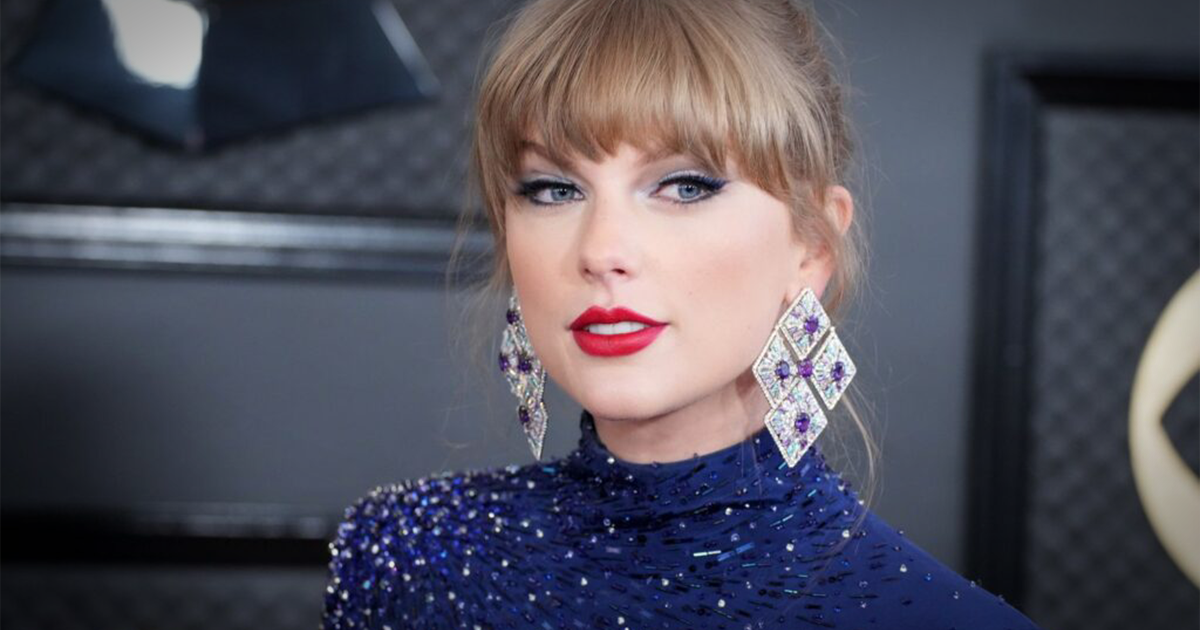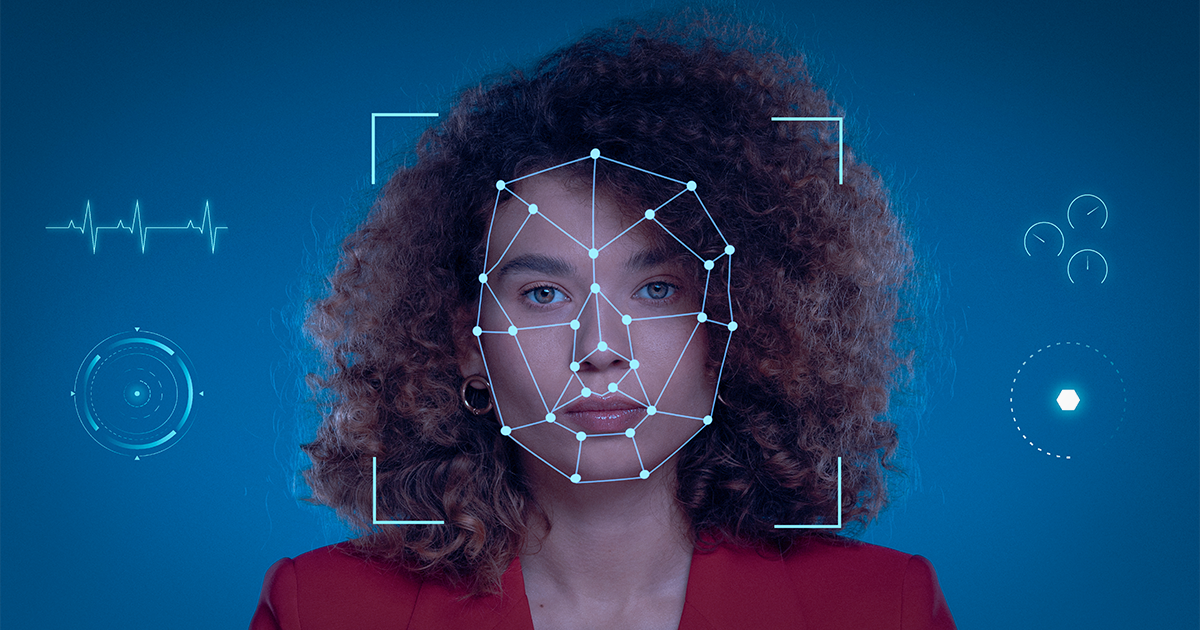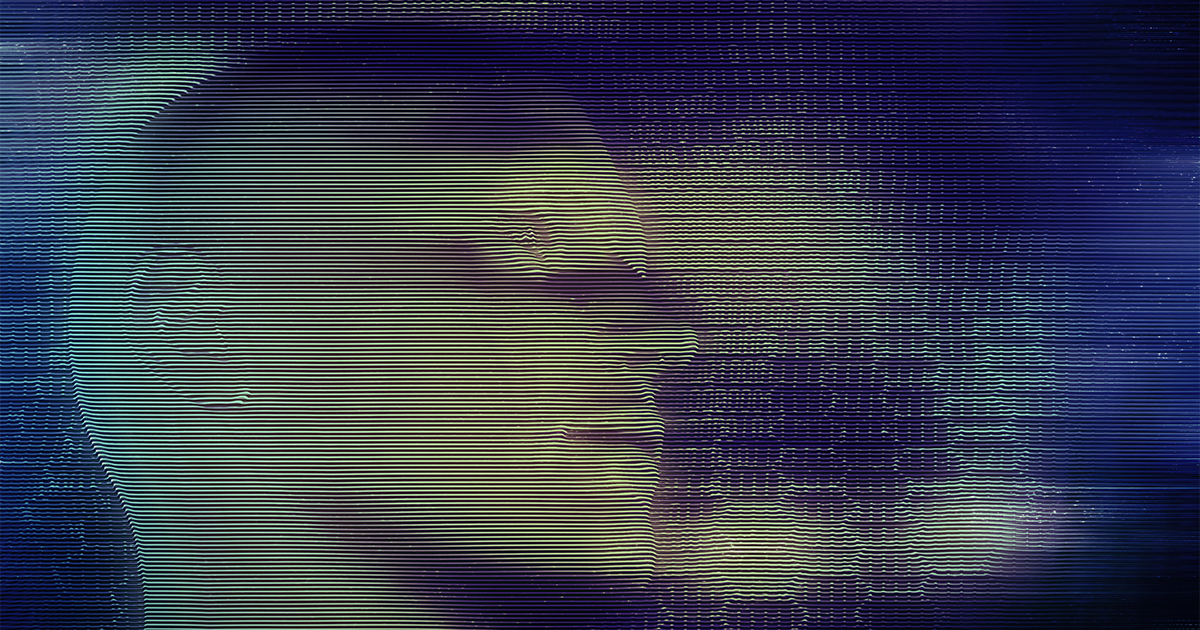
January 2024
Taylor Swift and the Perils of Deepfake Technology

Have we, as a society, hit an all time low with Artificial Intelligence (AI)? This seemingly magical technology, with its unprecedented capabilities, poses one of the gravest threats to the Internet in recent times. Regrettably, Taylor Swift is not the sole victim of this perilous tool, though she stands out as one of the most prominent examples.
Elon Musk’s platform, X, recently underwent a significant policy shift following the circulation of sexually explicit AI-generated images of the global superstar, Taylor Swift, on social media. Swift has found herself targeted by online hate campaigns led by predominantly male NFL fans who view her presence at Kansas City Chiefs games as a distraction. Astonishingly, Swift has contributed an impressive brand value of $331.5 million to the Kansas City Chiefs and the NFL as a whole by simply attending 12 games.

In response to this incident, X took the unusual step of blocking content, contravening its usual commitment to "freedom of expression." While this measure prevented users from accessing the explicit content, numerous posts had already amassed over 150,000 likes, shares, and reposts, with over 45 million views. Negative fan reactions compelled X to take further action, blocking several accounts that shared the explicit content and prompting the White House to issue a statement on this "alarming situation."
Deepfake Danger
Deep Fakes pose a substantial threat to the trust fabric of the digital age by manipulating audio and video to create hyper-realistic content indistinguishable from authentic footage. Malicious users can exploit this technology to disseminate misinformation, propaganda, and fake news, with celebrities, political figures, and ordinary individuals falling victim to character assassination at a moment's notice.
The malicious use of AI to generate pornographic images depicting the sexual abuse of a woman, such as Swift, is deeply ingrained in our society's exposure to AI without proper constraints, the misogyny directed at successful women in the media, and the normalization of sexual abuse. It is genuinely alarming to witness users not only unfazed by this but actively applauding and sharing such content, underscoring the precarious state of the deep fake landscape.
Legal Action
Swift's formidable legal team is set to take action against Designer, the Microsoft tool responsible for creating these images. Designer claims to have implemented necessary precautions to prevent the recurrence of such images.

Perhaps the silver lining in this distressing situation lies in the undeniable global impact Taylor Swift wields. Time and again, Swift has proven her ability to make a difference wherever she directs her attention. Numerous victims have come forward, sharing their stories of deepfake revenge pornography, with Swift's high-profile case shedding a spotlight on this prevalent issue and amplifying the voices of those affected.
How can I protect myself from Deep Fakes?
Protecting oneself from pornographic deepfakes can be a serious concern for privacy and well-being. Here are some measures you can take to guard against the possibility of falling victim to pornographic deep fakes:
1. Maintain Online Privacy:
Be mindful of the personal information you share online, such as photos, videos, and personal details. Limit the amount of information you share publicly.
2. Configure Privacy Settings:
Review and adjust the privacy settings on your social media accounts to limit who can access your photos and videos.
3. Account Security:
Use strong, unique passwords for your online accounts. Enable two-factor authentication whenever possible to provide an additional layer of security.
4. Monitor Your Accounts:
Regularly monitor your online profiles for any suspicious activity and take immediate action if you discover anything unusual.
5. Report to Platforms:
If you find that someone is using your image improperly in deep fakes, report it to the relevant platforms. Many platforms have policies against non-consensual content.
6. Legal Rights:
Know your legal rights regarding privacy and defamation. If you become a victim of deep fakes, consult with a legal professional to explore possible legal actions.
Written by Ana Paula Albert Stevens, Creative Copywriter